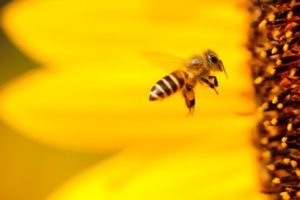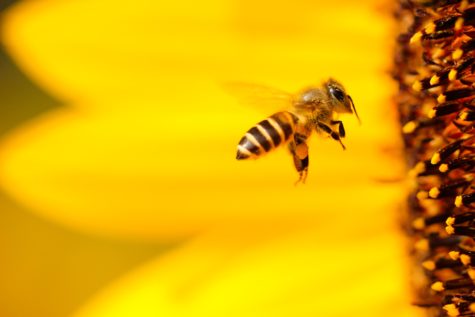COLUMBIA, Mo. — What’s the latest buzz on bees? Turns out scientists at the University of Missouri are finding better ways to track bee movements in nature — by using the sound of their signature bee buzz. The data may be crucial in helping experts find new ways to keep populations of the vital insect from dwindling.
“For more than 100 years, scientists have used sonic vibrations to monitor birds, bats, frogs and insects,” says study co-author Candace Galen, a professor of biological science at the university, in a release. “We wanted to test the potential for remote monitoring programs that use acoustics to track bee flight activities.”

The team first studied bee buzzes in the lab to come up with the particular musical pitch or characteristic frequencies. These sounds were then collected through tiny microphones joined to data storage devices in three natural field settings. The acoustic data gave researchers clues about bumble bee movement.
With the data, researchers were able to develop algorithms that specified the type and quantity of bee buzz in each of the three locations. Meanwhile, visual surveys were taken in each field location. Researchers compared the acoustic and visual data and found that the sound surveys were far more accurate in picking up bumble bees’ buzzes.
The authors are taking what they have learned from the algorithms to develop a smartphone app that could be used to capture both the sounds and sights of bee activity in nature. They would also like to start a network of neighborhood bee monitors, similar to what we have with neighborhood weather watchers.
Future studies might look into whether bees can use sound to determine whether there are competitors, such as honeybees, in the area and whether flowers respond to bee buzz with a welcoming chemical reaction.
“Eavesdropping on the acoustic signatures of bee flights tells the story of bee activity and pollination services,” Galen said. “Farmers may be able to use the exact methods to monitor pollination of their orchards and vegetable crops and head off pollination deficits.”
The full study was published in June 2017 in the journal PLOS ONE.

Comments
Comments are closed.